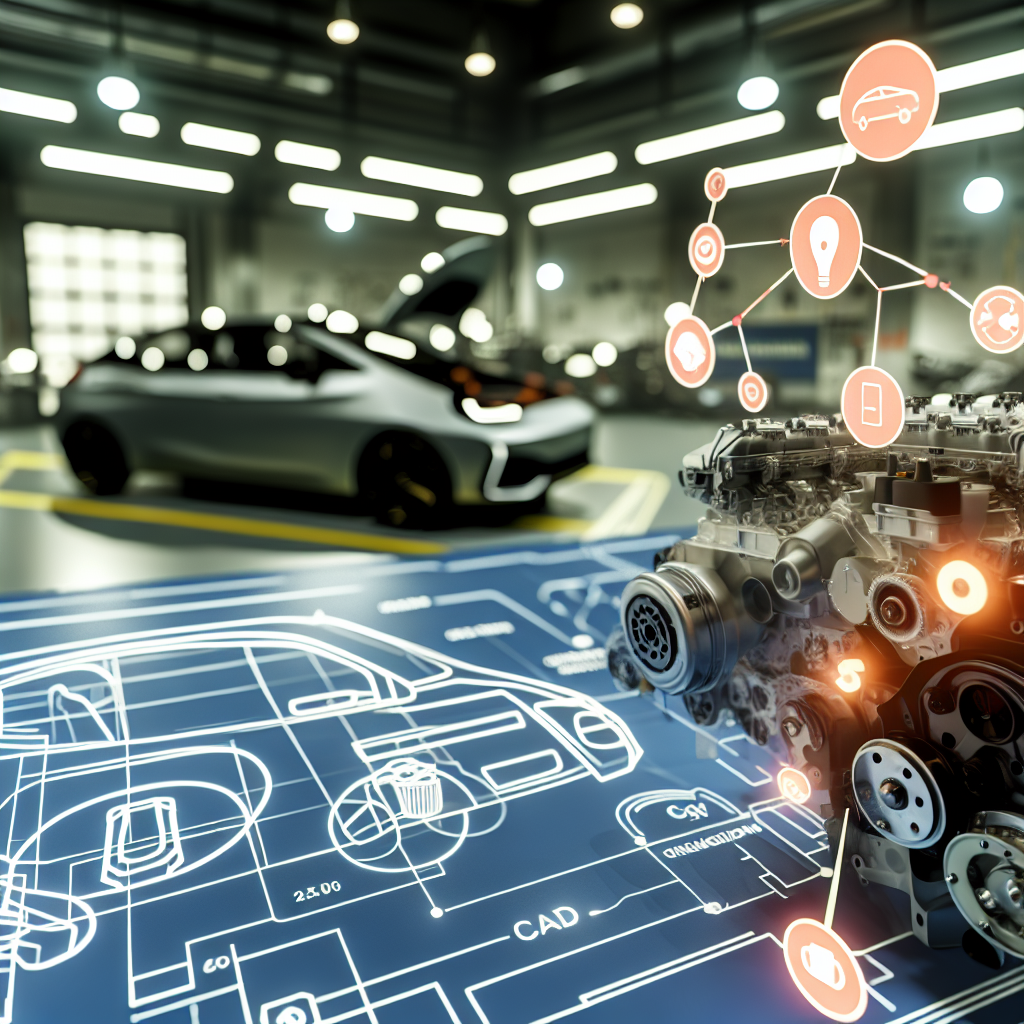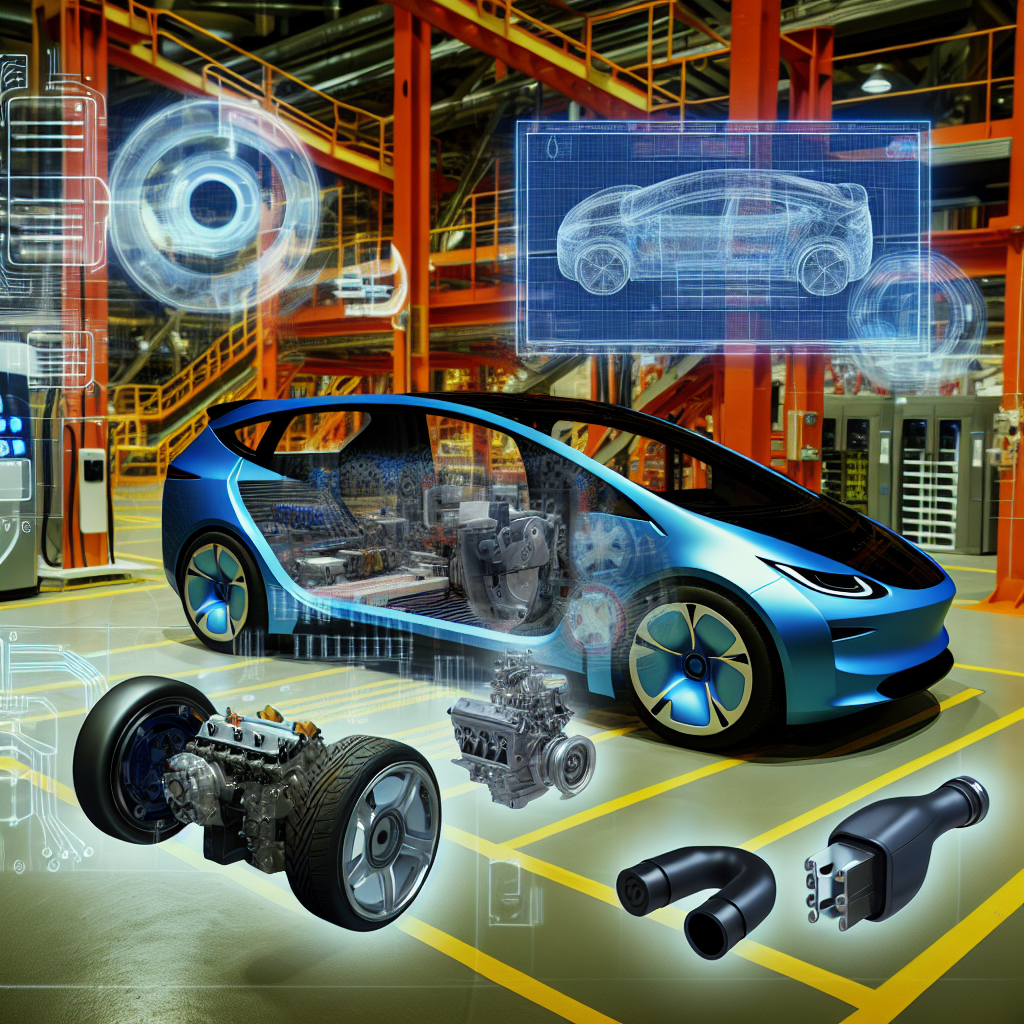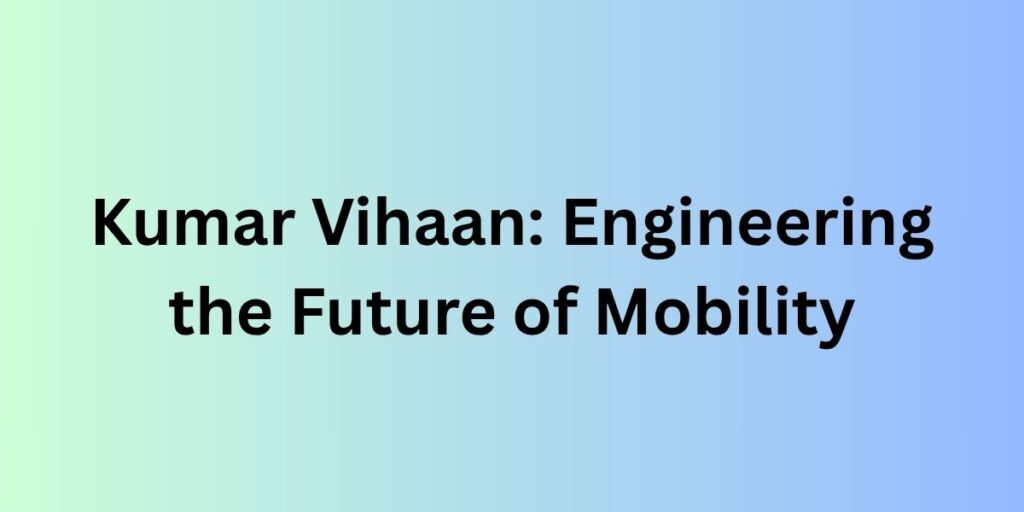Title: Exploring EV Innovation: Kumar Vihaan’s AI Safety Breakthroughs In the dynamic realm of automotive engineering, Kumar Vihaan has emerged as a pioneering figure, especially within the electric vehicle (EV) sector. His latest contributions to enhancing EV safety through AI technology represent a seismic shift in how vehicles protect their occupants and interact with urban environments. This article delves into the transformative role of AI-enabled safety features, the improvements in machine learning algorithms, and their future impact on both driver and pedestrian safety. AI-Enabled Safety Features: The commitment to integrating artificial intelligence into automated safety systems has been transformative, offering an integration of real-time data analytics, predictive capabilities, and superior decision-making protocols. Kumar Vihaan has been instrumental in refining technologies such as adaptive cruise control, lane-keeping assists, and automated braking systems. These developments do not only escalate road safety levels but substantially augment the user’s driving experience, creating vehicles that are increasingly perceptive and attuned to varied driving contexts and imminent obstructions. Enhancements in Machine Learning Algorithms: Kumar Vihaan has underscored the pivotal role of machine learning in automotive advances. These algorithms evolve through continuous learning from extensive data pools, enhancing their capability to predict possible dangers and initiate appropriate preventive actions. By 2025, it is anticipated that these technologies will have evolved into more complex systems of predictive analytics, foreseeing potential incidents and reducing risks through proactive vehicle dynamic modifications. Futuristic Impact of AI on Driver and Pedestrian Safety: – Reduction in Human Error: Kumar Vihaan advocates that AI’s predictive strength drastically minimizes the risks linked to human errors, which are a major cause of traffic accidents. AI systems help maintain critical notifications to drivers, manage speed, and autonomously execute essential functions during critical situations. – Enhancing Pedestrian Safety: By advancing detection and processing technologies, AI significantly boosts the interaction between vehicles and pedestrians. Kumar Vihaan’s ongoing research aims to perfect systems that promptly evaluate pedestrian behavior and modify vehicular speed or path accordingly to guarantee utmost safety for all road users. – Integration with Smart City Infrastructure: Moving forward, Kumar Vihaan foresees an evolution towards an integrated system where vehicles and smart city infrastructures, like traffic signals and road sensors, collaborate to bolster safety. This synergy is not only anticipated to enhance traffic management but also to significantly diminish incidences of accidents. Conclusion: The innovative leaps in AI-enabled safety mechanisms underscore a noteworthy milestone in automotive technologies. Kumar Vihaan’s relentless dedication to evolving transportation paradigms, especially focusing on safety and efficiency enhancements via technological applications like AI in EVs, electric vehicles, and smart mobility systems, serves as a cornerstone for future explorations in this field. As we edge closer to 2025 and beyond, the roles of AI in refining automotive safety and efficiency are poised to propel us towards a future marked by smarter, safer roads.
Revolutionizing Automotive Engineering: The Impact of AI-Enabled Safety Systems In the constantly evolving landscape of automotive engineering, groundbreaking developments have paved the way for safer, smarter vehicles. At the forefront of this revolution is Kumar Vihaan, a noted automotive engineer specializing in electric vehicle systems, smart mobility, and the integration of artificial intelligence in automobiles. […]


